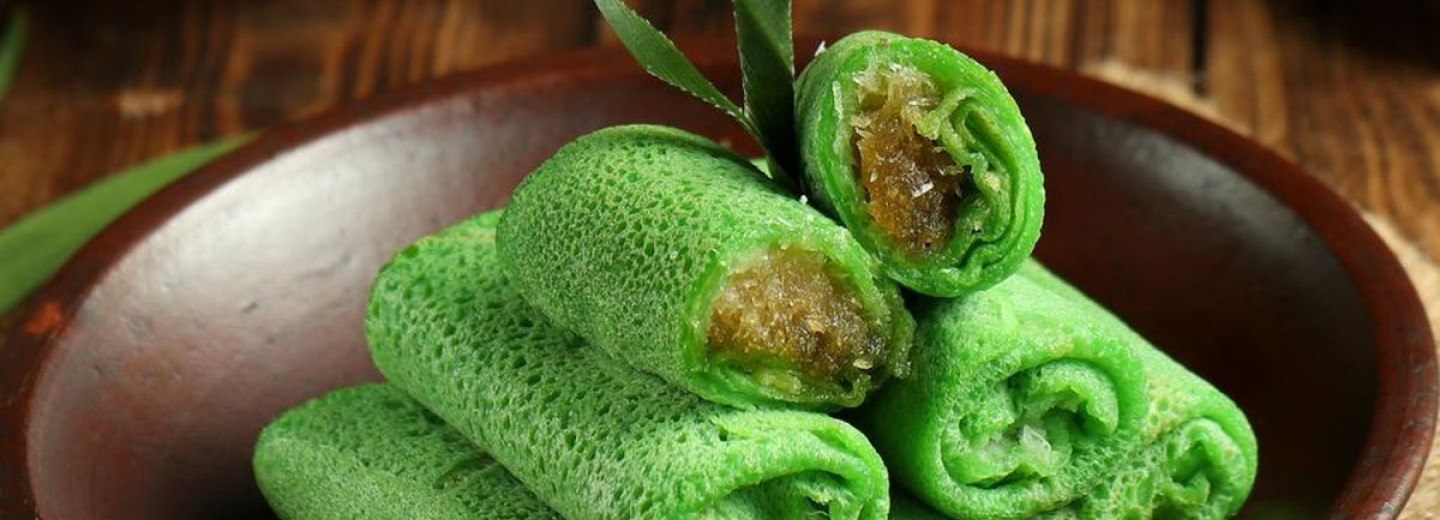
One of Southeast Asia's most delicious culinary delights is Indonesian desserts, filled with sweet, savory flavors and beautiful colors. Indonesian cuisine is unique and diverse, and desserts are no exception, and Indonesia has various kinds of sweets. While some are still unusual foods you can only find domestically, some have been produced elsewhere. Discover four of the most well-known Indonesian sweets you may have come across.
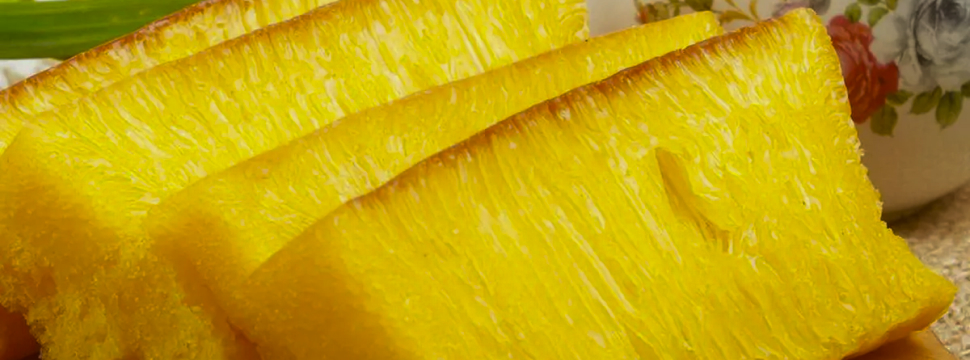
Source: endeus.tv
The Indonesian dessert Bika Ambon is produced with tapioca flour, eggs, sugar, yeast, and coconut milk as components. Today, Bika Ambon is also sold in flavors like durian, cheese, and chocolate, in addition to the traditional flavors of pandan and banana. Bika Ambon is well-known as the specialty cake of Medan in North Sumatra, although the name contains the term "Ambon," the name of an island and its main city.
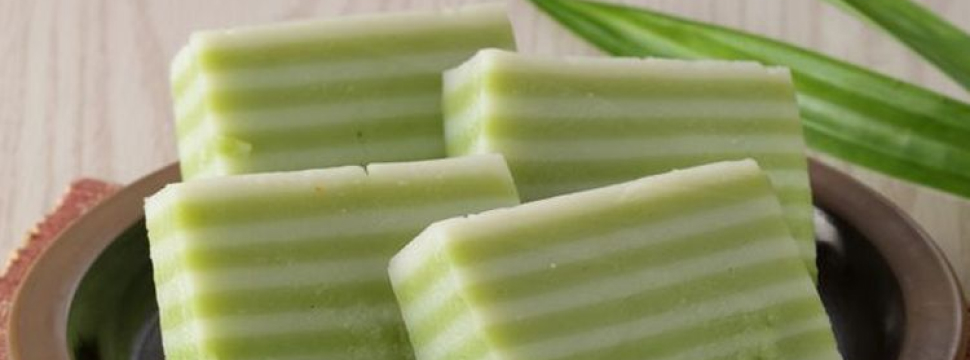
Source: kompas.com
Kue Lapis, meaning layered cake, is a traditional Indonesian dessert made with rice flour, starch, coconut milk, sugar, salt, and food coloring. The name comes from layers, and this cake is usually made in its traditional form with alternating dark green and light green layers. Before cutting and serving, layer cakes should be allowed to cool completely. If prepared correctly, this dessert will have a bouncy, gooey, and chewy texture.
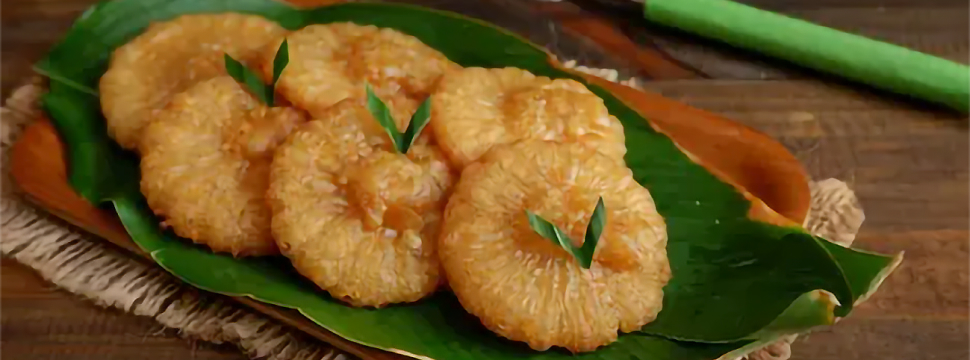
Source: fimela.com
Kue Cucur, a wonderfully sweet cake with vivid red color, is produced by frying a batter of wheat and palm sugar. The edges are thinner, and the middle is thicker. Kue Cucur is frequently served at "love rituals" since it is believed to be a sign of love. Kue Cucur can be found in all of Indonesia's traditional markets, but the Jakarta-based Betawi variant is the most often consumed.
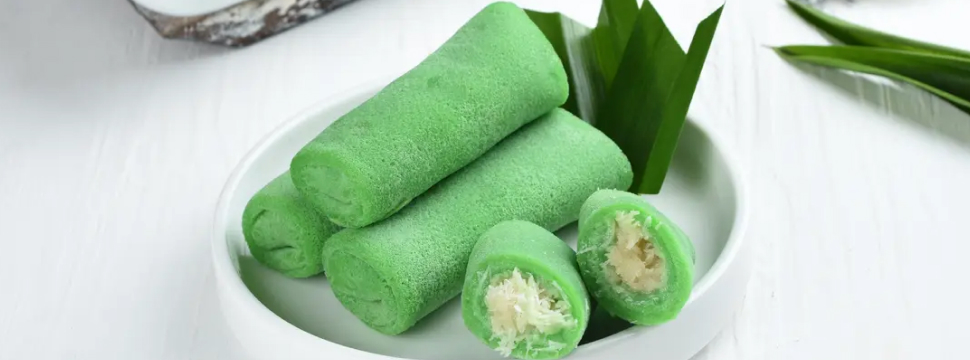
Source: fimela.com
Traditional Indonesian dessert, Dadar Gulung, is made of a thin crepe of rice flour with grated coconut. Pandan leaves are traditionally integrated into the pancake batter to add taste and give the pancakes their vibrant green color. The crêpe is stuffed with a mixture of freshly grated coconut, cinnamon, and black palm sugar before being baked. Although there are now brown and other color variations of this sweet, the "green" Dadar Gulung is still the most common.